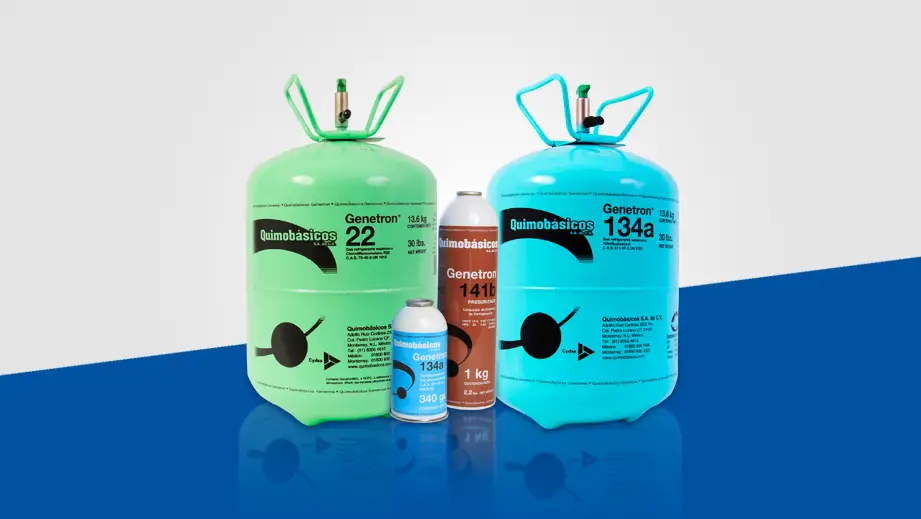In this article, we’ll guide you on how to fix an overcharged refrigeration system in 3 easy steps.

Table of Contents
Diagnosing an Overcharged Refrigeration System
Spotting an overcharged system is like being a detective. You’re looking for clues like unusually high pressure readings and temperature levels. Your refrigerant manifold gauges and thermometer are your trusty sidekicks here.
Tools Required for Diagnosis
Ready to play detective? First, grab your Sherlock Holmes hat and some tools. The big stars here are a refrigerant manifold gauge set and a thermometer. These babies are like the magnifying glass and fingerprint powder of the HVAC world.
You’ll also need some gloves, cause safety first, my friend! Need to know where to grab these gadgets? Check out your local hardware store.
Using Manifold Gauges to Diagnose Overcharging
Now, let’s get the gauges talking. Hook ‘em up to your refrigeration system. Like checking your blood pressure, these gauges will tell you what’s up with the refrigerant levels. High pressure? You’ve got yourself an overcharged system, partner. Take your time, and don’t force anything – it’s not a wrestling match.
Confirming Overcharge with Temperature Measurements
Time for a double-check. Whipping out the thermometer, measure the temperature of the refrigerant lines. If it’s hotter than your grandma’s oven on Thanksgiving, you’re looking at overcharge central. Cross-referencing temperature with pressure is like getting a second opinion from your bestie.
Check out these other related articles...
R744 Refrigerant: A Comprehensive Guide
R717 Refrigerant: Your Comprehensive Guide
Ammonia Refrigerant: A Detailed Guide
Water Refrigerant: A Comprehensive Guide
CO2 Refrigerant: Your Ultimate Guide
How to Fix an Overcharged Refrigeration System
An overcharged refrigeration system is an issue that needs a three-step solution. The steps involve ensuring safety first, using a refrigerant recovery machine to extract the surplus refrigerant, and then recharging the system with the correct amount of refrigerant.
Preparing for the Fix
Before beginning the procedure to fix an overcharged system, it is essential to prepare properly. Safety should be prioritized at all times to protect yourself from potential hazards.
Wearing protective gear such as gloves and goggles is a must, as it will protect your hands and eyes from coming into direct contact with the refrigerant, which can be harmful. Also, remember that refrigerants are often harmful to the environment, so it’s crucial to handle them responsibly.
Recovering Excess Refrigerant
Once you are properly equipped with safety gear, the first active step in the process is to remove the excess refrigerant from the system. The situation can be likened to having an overflowing jar of marbles, where you need to remove the extra marbles.
For this, you would require a refrigerant recovery machine. This machine functions similarly to a vacuum cleaner – it is used to extract the excess refrigerant from your refrigeration system. Once the surplus refrigerant is removed, the system will be left with just the right amount of refrigerant it needs to function correctly.
Recharging the System Correctly
The final step in rectifying an overcharged refrigeration system is recharging it with the correct amount of refrigerant. This stage needs to be executed with precision, adding neither too little nor too much refrigerant. The amount of refrigerant you need to add should be determined according to the manufacturer’s guidelines.
Having the correct refrigerant charge is essential to the effective operation of the system. It should be done “Goldilocks style,” meaning it should be just right, to achieve optimal cooling efficiency.
While you can perform these steps yourself, it’s best you left them to a certified technician, as handling refrigerants without the appropriate knowledge and certifications can be dangerous.
Preventing Future Overcharging
Preventing overcharge is like taking care of your health – regular check-ups and understanding what’s normal for your system. And remember, don’t be shy to ask for help from a professional when needed!
Importance of Regular Maintenance
Want to keep your cool without a hiccup? Regular maintenance is like taking your car for an oil change. Keeps everything running smoother than a fresh jar of peanut butter.
Understanding Correct Refrigerant Levels
Knowledge is power! Knowing what the correct refrigerant level should be is like knowing your shoe size – it just makes life easier. No more guessing games!
Training and Expert Help
Hey, no shame in calling in the cavalry! Sometimes, you need a pro. Professional technicians are like ninjas with this stuff. So, if you’re out of your depth, give ‘em a call!